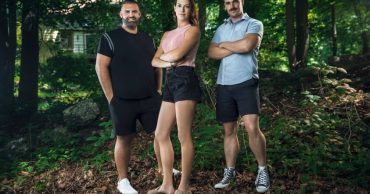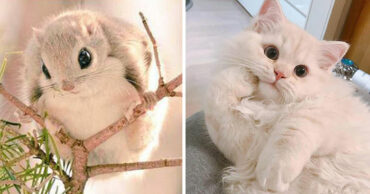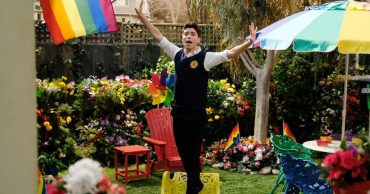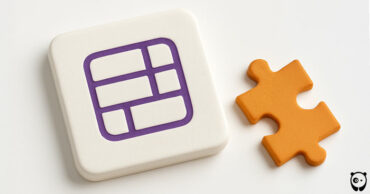One of the things I love most is looking at peculiar, interesting, and original artwork that pushes the boundaries of what we as a society find to be beautiful and acceptable. Nobody can deny that Japanese artist Satoshi Kawasaki is stunningly imaginative and enjoys creating incredibly detailed and sometimes strange, even bizarre drawings.
Kawasaki recently created a series of intricate drawings about what people would look like if they had the bone structure of certain animals and posed just like them. Here are the very best and coolest drawings from the artist’s series about animal-humans, so upvote the ones you think are the most impressive and keep on scrolling. Oh, and let us know in the comments what you think of Kawasaki’s anatomically correct artwork.
More info: Twitter | paleontology.sakura.ne.jp
#1
The turtle’s skeleton is quite unique, and the shell is mostly made of a “thorax” such as a rib, with a scapula and pelvis in it. Based on this turtle skeleton, what would happen if you tried it on yourself? I drew a little picture.

Image source: Satoshi Kawasaki
#2
The horse has ‘lost’ all its fingers except for the middle one due to evolution.

Image source: Satoshi Kawasaki
#3
Flamingos often stand on one leg and sleep with one leg standing. The flamingo’s body shape is also extreme, so I drew an illustration of a flamingo skeleton if a human poses while standing on one leg.

Image source: Satoshi Kawasaki
#4
Often, the foot of animals is mistaken for an ankle as a knee, so I tried to draw what would happen if I made the human foot the bone base of another animal’s foot.

Image source: Satoshi Kawasaki
#5
There were many requests for a penguin applied to a human skeleton.

Image source: Satoshi Kawasaki
#6
Rabbits are always stooped, so it seems to put a lot of burden on your back when you stretch it.

Image source: Satoshi Kawasaki
#7
Elephants are so big, but they stand on their tip-toes, and camels stand more like ballerinas. However, they get support from a fleshy cushion pad on the sole.

Image source: Satoshi Kawasaki
#8
There are various environments on Earth such as grasslands, forests, mountains, sea, sky, and underground. The animals have adapted and evolved to their various environments, but the body parts that shows the most change in adaptation are the “front legs” (arms). So I tried to draw what happens if the human arm is reproduced with the skeleton of various animal forelimbs.

Image source: Satoshi Kawasaki
#9
The illustration of “Reproducing the bat wings with human arms” that I made a long time ago was wrong. What was wrong was that the metacarpal bone (the bone on the back of the hand) was part of the finger. I also drew “Illustration of Bird Wings with Human Arms.”

Image source: Satoshi Kawasaki
#10
Half-human half-bird monsters called “harpies” have appeared in Greek mythology, but I tried to draw this harpy with a skeleton base of a bird (no tailbone, human head) and a human body.

Image source: Satoshi Kawasaki
#11
If people had chests like pigeons.

Image source: Satoshi Kawasaki
#12
I compared the difference between bats and pterosaur wings in human hands.

Image source: Satoshi Kawasaki
#13
When shellfish (bivalve) are heated, the shells open. The shell is closed by a muscle called a scallop (closed muscle), and when the muscle is loosened, the shell opens. When heated, the protein in the muscles changes and the adhesion between the shell and scallops peels off, so the shell appears to open vigorously.

Image source: Satoshi Kawasaki
#14
There are two ways to transmit sound to the ear. Sound transmitted by air vibration is “air conduction sound.” Sound transmitted by bone vibration is “bone conduction sound” Dolphins in the water listen to sound through bone conduction sound. Beethoven suffered from deafness as a musician, but he overcome it with this bone conduction.

Image source: Satoshi Kawasaki
 Follow Us
Follow Us





